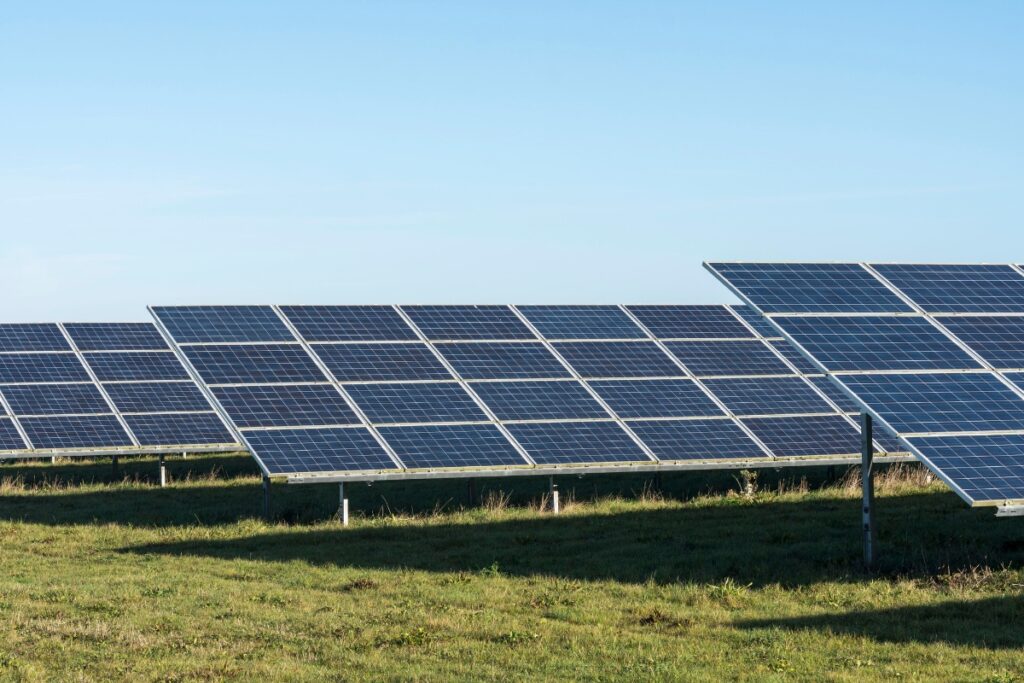We used EU subsidies to invest in photovoltaic power plants and the construction of 3 MWp has just been completed. This is the result of the award of the competition under Measure 5.1 Energy based on renewable energy sources from the Regional Operational Program of the Podlaskie Voivodeship.
The total cost of the project is over PLN 11 million. The generated energy will be entirely sold. The investment should pay off in a few years.
Modern panels called bi-facial were used to build photovoltaic power plants.
Traditional PV modules, both polycrystalline and monocrystalline, absorb light from one side only. That is why they are referred to as “unilateral” or “nonofficial”.
In contrast, double-sided photovoltaic panels have two active sides that absorb light. As a result, their efficiency is much greater than that of traditional mono-facial panels. The electricity is produced simultaneously from the front and back sides of the PV panel, which results in higher yields from such a module.
There are three basic ways to position double-sided panels towards the sun:
- Vertically east-west
- Standard (towards the south)
- On a single axis tracking system (tracker)
The research shows that the devices placed vertically east-west were ineffective, and at the same time they had to stand 15 m apart from each other. This greatly reduces the number of modules that can be installed in the available space.
Much better results were obtained when the panels were placed in the traditional way, i.e. at an angle of 35 degrees and the front side of the module facing south. This is the optimal setting, both in terms of performance and cost of installation. In this position, the rear side additionally generates up to 25% of energy yield. And this solution was used in the implementation of the Elmont Group’s investment.
The surface that reflects the light also plays an important role in the efficiency of double-sided panels. An important element is the shaping of the surface itself and its ability to reflect sunlight. The flatter the ground, the more light goes back to the modules.
For the effectiveness of two-sided modules, the so-called albedo factor is important. It shows the ability to reflect light through various types of surfaces. The brighter the surface, the more light is reflected and the higher the yields from the back surface of the PV module. In this case, grass was used for which the coefficient is: 10-25%.
The described example shows that the process of improving devices and technical solutions in the field of green energy is ongoing. Thanks to the work of engineers and constructors, this and many similar investments in renewable energy sources contribute to the protection of our natural environment and gives hope that we will leave a green planet for future generations.






